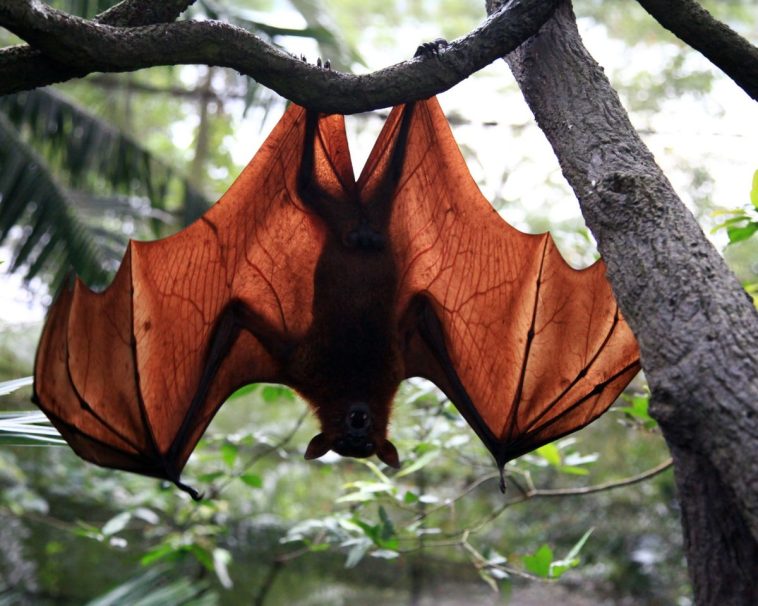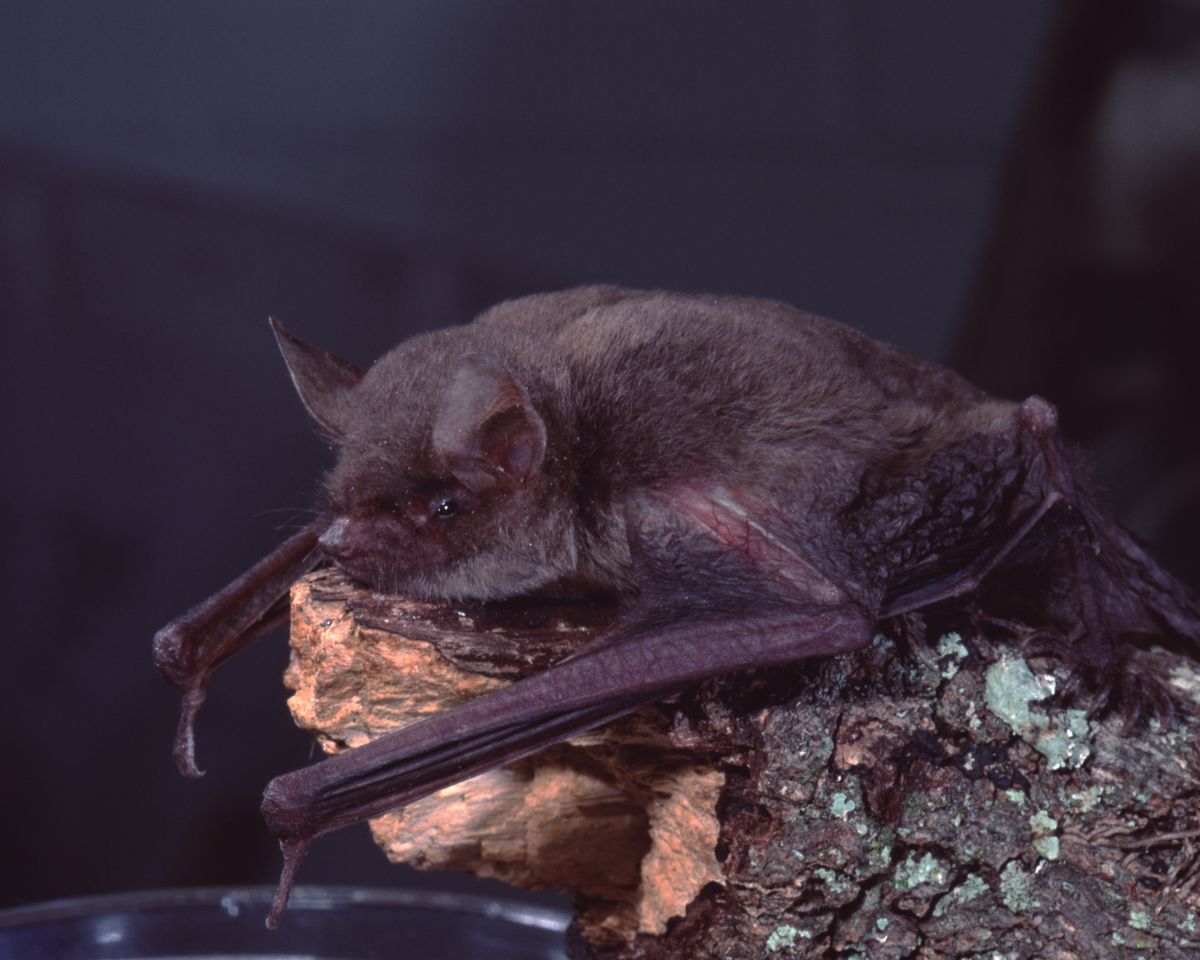Do Bats Live in Alaska

Yes, bats do live in Alaska. There are six species of bats that are known to live in the state:
Little brown bat (Myotis lucifugus)Keen’s myotis (Myotis keenii)
Long-legged myotis (Myotis volans)
California bat (Myotis californicus) Silver-haired bat (Lasionycteris noctivagans)
Northern long-eared bat (Myotis septentrionalis)
The Little Brown Bat is the only bat in Interior and South Central Alaska. Other bats, such as Keen’s Long-eared Bat, Long-legged Myotis, California Bat, and Silver-haired Bat, live in Southeast Alaska, but in fewer numbers.
Where to Find Bats in Alaska?
 Little Brown Bat
Little Brown Bat
You can see bats in Alaska at these places.
Glacier Bay National Park
There are many silver-haired bats in this area. Most bat species in Alaska can survive in this region, and the site provides a supportive living environment.
A great habitat for bats, Glacier Bay National Park provides enough food for them. Bats thrive in the area because of the climate. Alaska has several species of bats that occupy this ecological niche.
Wet Areas and Forests
Wet areas, such as riversides and streams, are home to Alaskan bats. They eat aquatic insects such as mosquitoes and moths. In most wetlands, bats can be seen at night.
As well as riverside areas, they live in forested areas where food is plentiful. Occasionally, bats have been found living in caves in northern states and in garages. Alaska is a saline land, where bats hibernate.
Around Wildlife
It is common to find bat droppings or pet scats where bats exist. Ammonia is released when the bats urinate on the droppings.
Alaska has many bats because they feed on animal droppings and get supplements from their daily food. Moose and bears are large animals that attract bats.
Crevices
Most Alaskan bats migrate during winter to increase their chances of surviving. They will hibernate if they do not migrate. During hibernation, they live in crevices in rocks.
In the winter, they live in forested areas. During the long winter in Alaska, bats are rarely seen. During the winter, bats hibernate in caves and mine shafts, mainly sheds and cabins.
In such places, bat numbers gradually increase during cold seasons.
Plantations
Alaskan farmers sometimes use bats to control insects biologically. It helps control insect populations in farm areas by feeding on insects such as stalk borers. As a bonus, this also reduces the effects of insecticides.
Bats are commonly found in these areas in Alaska.
Interior, South-central and Southeast Alaska
Bats roost in some areas of Alaska. This area houses many bats that hibernate during the winter. The young are raised in large colonies. There are various bat species in the area.
How do we Know There are Bats in Alaska?
Alaskan bats are found in the following locations.
Reports From Health Departments in Alaska
Rabies is a threat to Alaskan residents, according to health reports. Unless handled carefully, bats can spread this deadly disease
Despite having fewer cases of rabies in Alaska’s northeast, this does prove that bats live there and rabies is a concern.
Health departments have raised awareness of this disease, and people are cautioned not to contact bats.
Bat surveys
Alaska is as technologically advanced as any other state. Research methods have become more objective as a result.
Even when bats are hard to see, researchers use bat detection machines.
On sonar detections, their calls can be recorded. Researchers can graph ultrasonic calls using these machines.
This allows them to identify bat species and determine the number of bat calls. Different species use different frequencies.
Sounds
Caves and mining shafts are common places to find bats. These areas produce disturbing sounds day and night.
Acoustic monitoring was used by several researchers to convert the sounds produced by bats into audible ones. It is possible to detect bats and distinguish different types by using bat detectors.
Seasons
Because of the long winters, Alaskan bats mostly hibernate during winters. To avoid harsh winter conditions, they roost in buildings and rock crevices.
There are bats in attics, garages, sheds, and cabins in winter. It is during winter that Alaskans realize how many bats live there. Caves and mine shafts are other places where bats hibernate.
In the winter, bats exhibiting white-nose syndrome cluster outside cave entrances on cold days.
Weather Conditions
Caves, buildings, and mine shafts are the most common places for bats in Alaska.
Due to Alaska’s long winters, large proportions of the bat population can die.
To survive, bats migrate to more favorable areas. During the cold weather, bats that are unfit for migration usually decline.
White-nose Syndrome
A deadly disease threatens bats in their winter refuges, where they are most vulnerable. The white-nose syndrome (WNS) occurs when fungus covers the nose and other body parts.
In their hibernacula, bats cluster together and spread the fungus. Millions of bats have been killed by the disease.
How have bats adapted to living in Alaska?
Bats have adapted to living in Alaska by hibernating during the winter months and roosting in warm places such as caves, mines, and buildings during the summer. They also have a higher metabolism and larger body size compared to bats in warmer climates. Additionally, some species of bats in Alaska have developed thicker fur to help them survive in colder temperatures.
Where do bats live in Alaska?
In Alaska, bats are most commonly found in forested areas where there is plenty of food and suitable roosting sites. The two species of bats found in Alaska are the Little Brown Bat (Myotis lucifugus) and the Silver-haired Bat (Lasionycteris noctivagans). Here’s where they typically live:
Little Brown Bat: They are found throughout much of Alaska, especially in forested areas. They roost in a variety of places such as trees, rock crevices, and buildings. They also use caves, mines, or other similar structures for hibernation during winter. Silver-haired Bat: These bats are typically tree-dwelling and prefer old-growth forests where they roost in tree cavities or beneath loose tree bark. They are also found throughout much of Alaska.It’s also important to note that some bats might migrate south for the winter, while others hibernate locally. However, the specifics of bat hibernation and migration behaviors in Alaska are not completely understood and are an area of ongoing research.
How many species of bats live in Alaska?
Alaska is home to six different species of bats, including the little brown bat, Keen’s myotis, long-legged myotis, California bat, silver-haired bat, and northern long-eared bat. Each species has unique characteristics and behaviors, and they play important roles in the ecosystem as pollinators and insect controllers.
What are the most common threats to bats in Alaska?
The most common threats to bats in Alaska include habitat loss due to logging and development, disturbance of bat hibernation sites, and the use of pesticides. Climate change may also have an impact on bat populations in the future. Conservation efforts such as protecting roosting sites and reducing pesticide use can help mitigate these threats.









